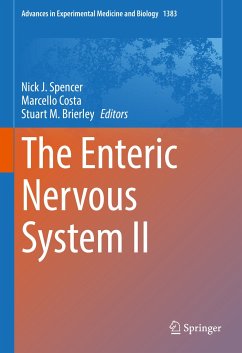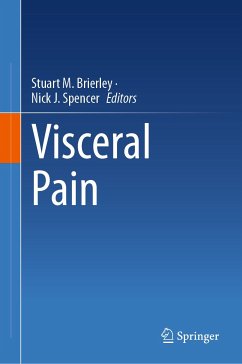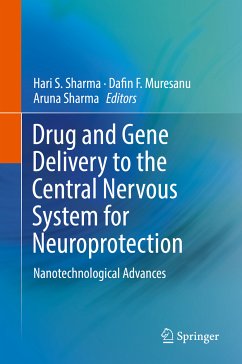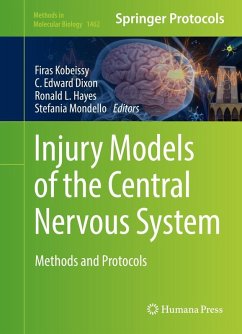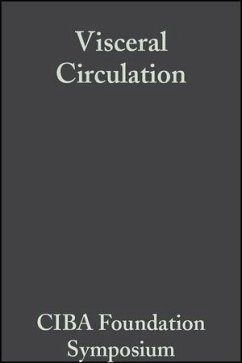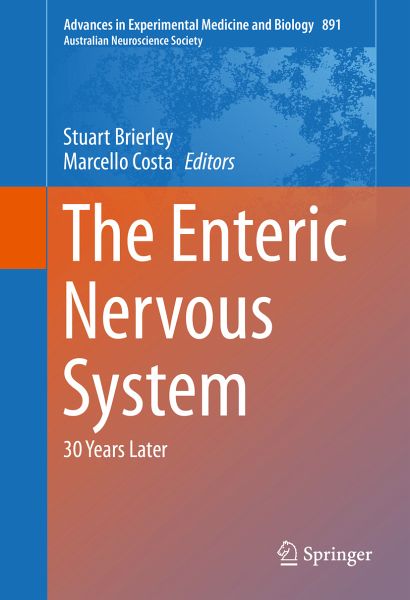
The Enteric Nervous System (eBook, PDF)
30 Years Later
Redaktion: Brierley, Stuart; Costa, Marcello
Versandkostenfrei!
Sofort per Download lieferbar
120,95 €
inkl. MwSt.
Weitere Ausgaben:

PAYBACK Punkte
60 °P sammeln!
Nearly 30 years ago, a number of scientists working on the Enteric Nervous System (ENS) gathered at Flinders University, in Adelaide, Australia to discuss the advances and future of their research. It was a friendly and stimulating meeting, attended by most of the major players, in what was to become the discipline of 'Neurogastroenterology'. In 2014, the main Australasian Neuroscience Society meeting was held in Adelaide, Australia, providing the perfect opportunity to recreate a follow-up ENS meeting. As such, the 'ENS II 2014 meeting' aimed to identify how far the field of enteric neuroscie...
Nearly 30 years ago, a number of scientists working on the Enteric Nervous System (ENS) gathered at Flinders University, in Adelaide, Australia to discuss the advances and future of their research. It was a friendly and stimulating meeting, attended by most of the major players, in what was to become the discipline of 'Neurogastroenterology'. In 2014, the main Australasian Neuroscience Society meeting was held in Adelaide, Australia, providing the perfect opportunity to recreate a follow-up ENS meeting. As such, the 'ENS II 2014 meeting' aimed to identify how far the field of enteric neuroscience had developed, where the future was heading, and what technological advances had been made to address current and future unresolved questions. 30 speakers from around the world were invited to give talks and revisit the original expectations, the advances made since, and the future directions of ENS research. These discussions included three generations of investigators from 7 differentcountries. This publication represents the majority of proceedings from the 'The Enteric Nervous System II 2014' conference, which was held on February 1st - 2nd 2014 at the National Wine Centre of Australia, Adelaide. This meeting was an Official satellite meeting of the 34th Annual Meeting of Australasian Neuroscience Society, which was also held in Adelaide. The 20 contributions contained within this submission are from international researchers in the field of the ENS, who reviewed the advances made since the first meeting in the early 1980s and summarizes the present and future perspectives of neuro-gastroenterology. Some colleagues could not attend but did send greetings and their messages are included in these proceedings.
Dieser Download kann aus rechtlichen Gründen nur mit Rechnungsadresse in A, B, BG, CY, CZ, D, DK, EW, E, FIN, F, GR, HR, H, IRL, I, LT, L, LR, M, NL, PL, P, R, S, SLO, SK ausgeliefert werden.



